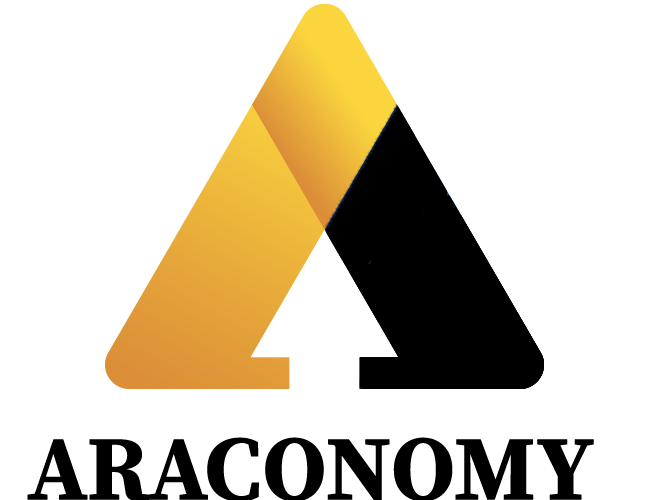Artificial intelligence (AI) has been a transformative force across industries, promising to revolutionize workflows and enhance efficiency. However, as companies increasingly announce layoffs citing AI as the primary driver, critics argue that it may be a convenient scapegoat rather than the real reason behind workforce reductions.
The Trend of AI-Driven Layoffs
Large firms across sectors, from tech to airlines, have increasingly attributed job cuts to the adoption of AI. Notable examples include:
- Salesforce: The company recently cut 4,000 customer support roles, claiming that their AI tool, Agentforce, can now handle 50% of the workload.
- Lufthansa: The airline announced plans to eliminate 4,000 jobs by 2030, citing AI-driven efficiency improvements.
- Accenture: The consulting giant has introduced a restructuring strategy that involves phasing out employees who cannot reskill in AI.
- Klarna: The fintech firm has reduced its workforce by 40% over the past two years, attributing part of the downsizing to its aggressive adoption of AI tools.
- Duolingo: The language-learning platform plans to replace contractors with AI to streamline its operations.
While these announcements paint a picture of a workforce increasingly replaced by machines, experts suggest there may be more to these layoffs than meets the eye.
AI: A Convenient Scapegoat?
Critics argue that AI is being used as a “good excuse” to mask other underlying business challenges. Fabian Stephany, assistant professor of AI and work at the Oxford Internet Institute, believes that companies are projecting their layoffs onto AI to appear innovative and competitive while avoiding accountability for past decisions.
This trend is particularly evident among firms that significantly overhired during the pandemic. Companies like Klarna and Duolingo are prime examples of businesses that expanded their workforces rapidly during the COVID-19 boom, only to later realize that their staffing levels were unsustainable. Rather than admitting to overhiring, companies are redirecting the narrative to AI, says Stephany.
Jean-Christophe Bouglé, co-founder of Authentic.ly, echoed this sentiment in a LinkedIn post, pointing out that AI adoption in many large corporations is often slower than advertised. In some cases, AI projects are even being scaled back due to cost or security concerns. Yet, layoffs are still being attributed to AI, creating a false perception that the technology is displacing workers en masse.
The Fear Factor
This narrative is fueling a growing sense of anxiety among employees worldwide. Jasmine Escalera, a career expert, says that the lack of transparency from companies about how AI is being implemented is contributing to fears of job insecurity.
“Employees are scared because companies are not being honest, open, and communicative about how they’re implementing AI,” Escalera said. “Now companies are openly stating, ‘We’re doing this [layoffs] because of AI,’ so it’s feeding the frenzy.”
Escalera also emphasized that large corporations need to act responsibly, as their decisions set the tone for business norms. Using AI as a convenient excuse for layoffs risks normalizing deceptive practices and exacerbates employees’ fears about the future of work.
The Reality of AI’s Impact on Jobs
Despite the headlines, evidence suggests that AI has not yet caused widespread job losses. A recent report by the Budget Lab at Yale University studied U.S. labor market data from November 2022 to July 2025 and found minimal disruption due to AI automation. Additionally, research from the New York Federal Reserve shows that while more companies are adopting AI, very few are using it as a primary reason for layoffs.
Key findings include:
- Only 1% of service firms reported AI as the reason for layoffs in the past six months, down from 10% in 2024.
- 40% of service firms and 26% of manufacturing firms are using AI in 2025, but most are leveraging the technology to retrain employees or increase efficiency, rather than to displace them.
Stephany also highlighted that fears of AI causing mass unemployment are not new. Similar concerns arose throughout history with the advent of new technologies, yet these innovations ultimately created new industries and job opportunities. For example, the rise of the internet gave birth to roles like social media influencers and app developers—jobs that were unimaginable two decades ago.
AI’s Role in the Workforce: A Balanced Perspective
While AI adoption is undoubtedly reshaping industries, its role in workforce reductions should not be overstated. Critics argue that companies need to be more transparent about their motives and avoid using technology as a shield for other business decisions, such as correcting overhiring mistakes or responding to economic slowdowns.
As AI continues to evolve, it’s crucial for organizations to strike a balance between leveraging technology for efficiency and fostering trust among their employees. Misusing AI as a justification for layoffs may not only damage employee morale but also hinder broader adoption of the technology in the long run.











